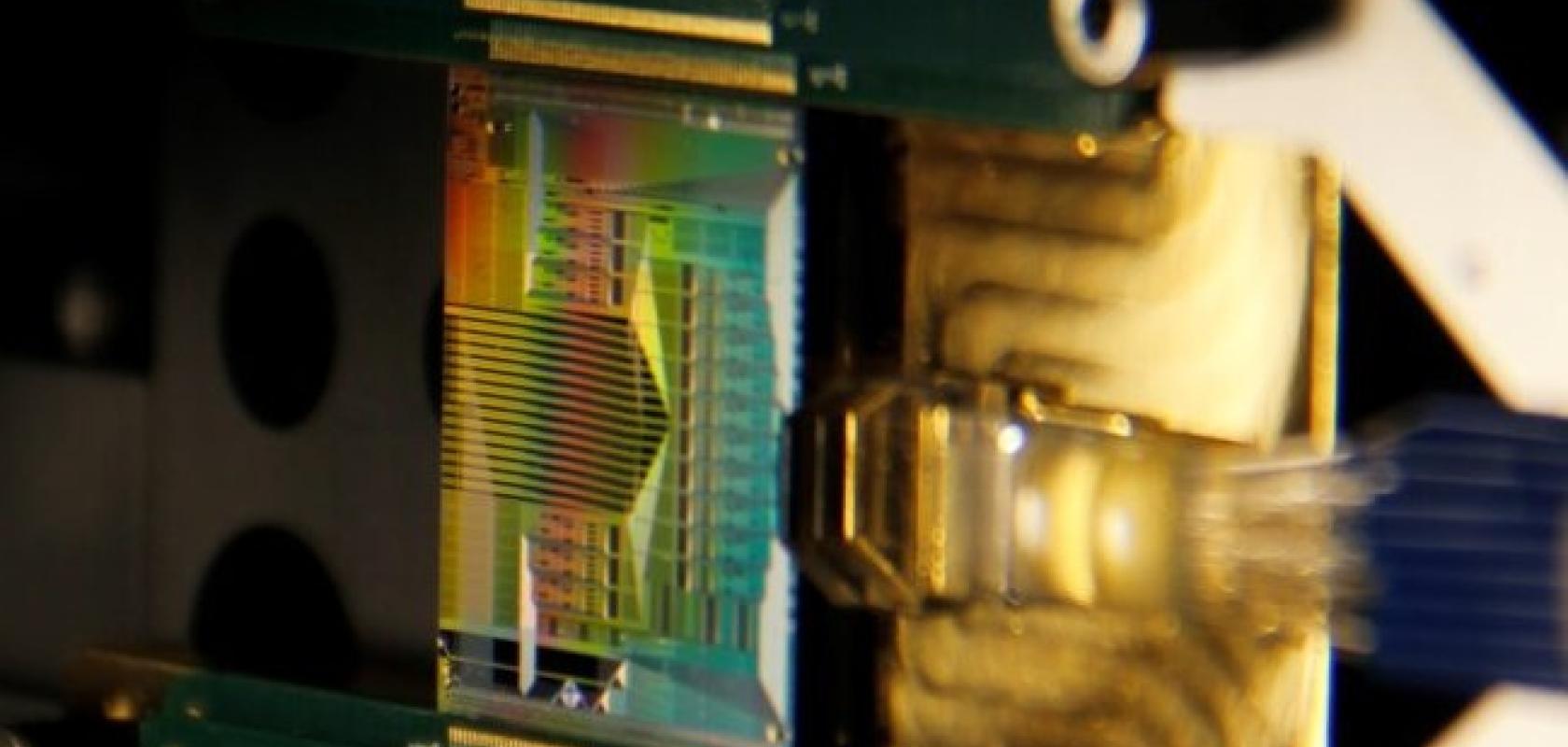Scantinel Photonics has demonstrated a solid state parallelised FMCW lidar system based on a photonic integrated circuit (PIC), with the first demonstrators being made available by the middle of this year.
Frequency modulated continuous wave (FMCW) lidar is the key enabler for long range (>300m) measurements and enables direct velocity measurement in every pixel, which is not possible for ToF (time of flight) systems.
Scantinel's 5D+ full solid-state scanning system measures the three-dimensional vector, velocity, reflectivity, and Meta information and has superior robustness and scanning rate potential. Mechanical moving scanning parts shall be reduced as much as possible and finally eliminated considering its fatigue-prone nature to meet the stringent automotive grade in an optimal way.
FMCW lidar based on PICs presents tremendous cost reduction potentials. Because of this, Scantinel only uses fully CMOS compatible process flows for manufacturing.
'Even though some more exotic PIC platforms might lead to faster availability of samples, in our opinion they do not allow lowcost production in the long run since they are missing a straightforward path to high volume manufacturability,' the company said of its strategy.
In FMCW lidar, the laser emits continuously, and the beam is split into two parts. Half the light is emitted, and the rest is kept on the chip and mixed with the returning signal. When light hits the photodetector, it’s the frequency modulation of FMCW that generates the round-trip time. As it leaves the laser, the light is chirped by sweeping the frequency up and down, so that a plot of the laser frequency against time is a periodic waveform with its own frequency and amplitude. It’s the phase shift of this chirped waveform that is used to work out how far the returning light has travelled.
Because FMCW uses the phase and frequency of the light, the sensor can filter out sunlight and signals from other lidars. It also means it can operate at lower peak power than time-of-flight, which makes it a good candidate to implement in semiconductor waveguides.


